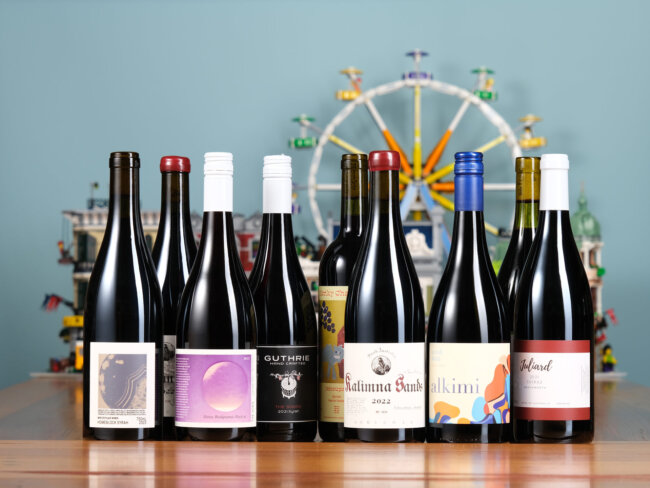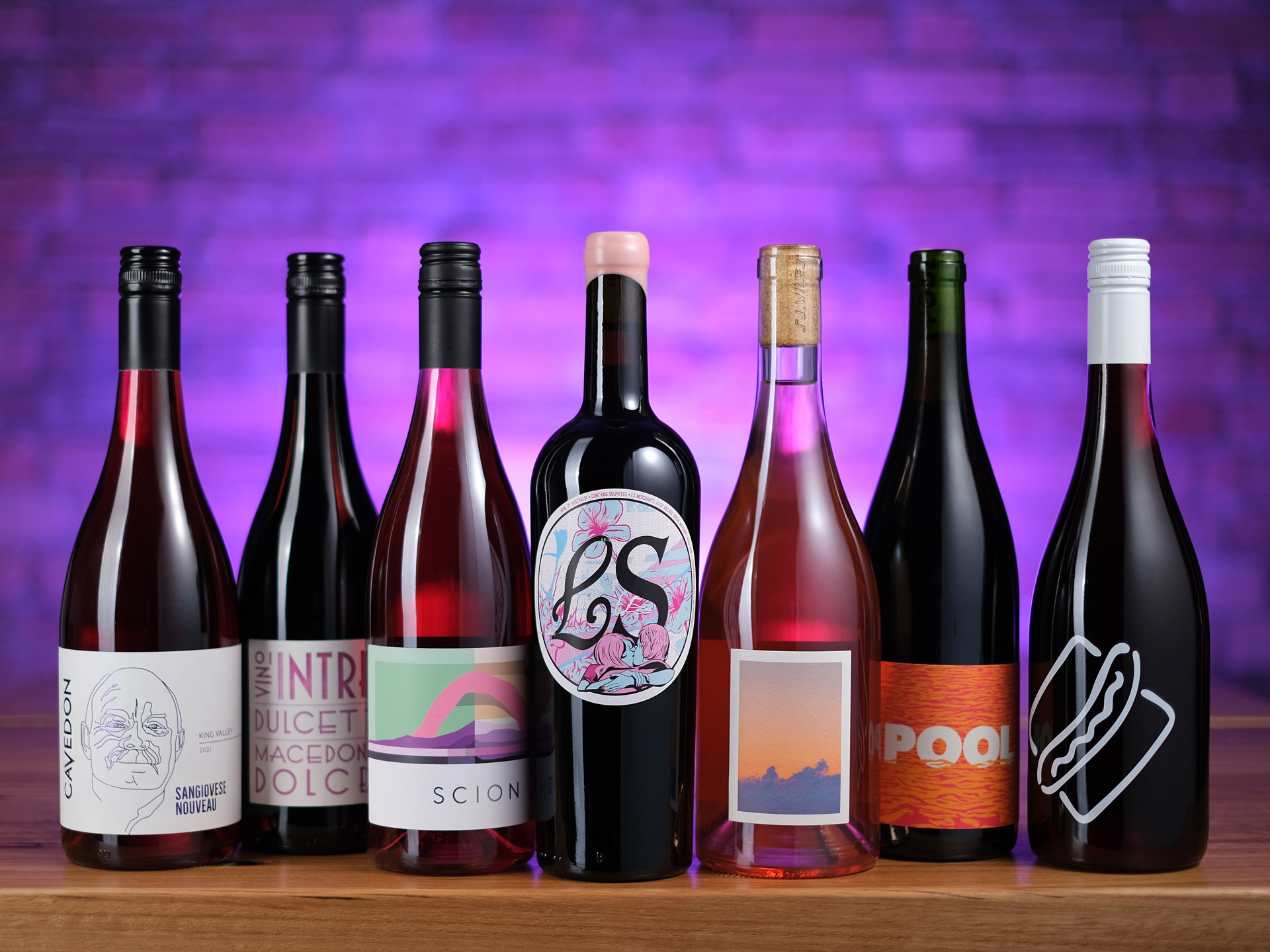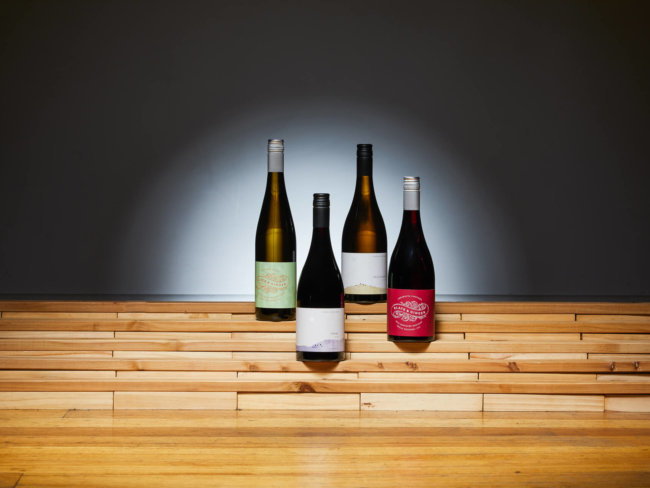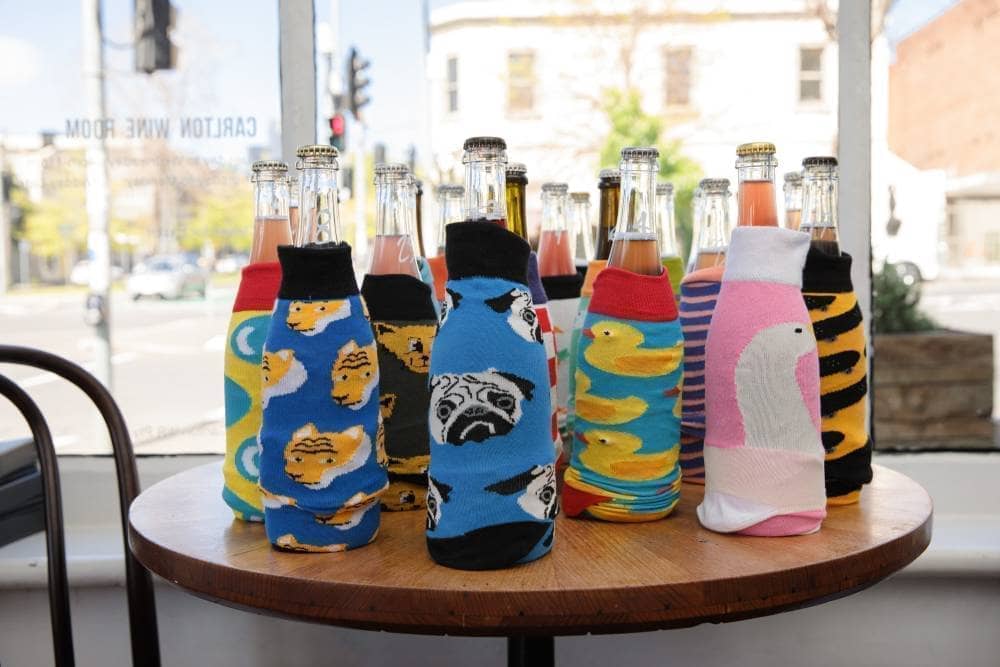Orange wines are not reds. They’re not whites. They’re a whole new world.
They’ve been popping up on wine bar lists in Australia over the last few years like sonar pings signaling something is out there. Something we hadn’t yet landed on.
But have orange wines reached the tipping point? ‘That magic moment when an idea, trend, or social behavior crosses a threshold, tips, and spreads like wildfire.’
Local producers making the style have mostly been the cool kids of wine’s high school. But now, Cullen – a second generation, iconic producer, in Langton’s top tier “Exceptional” class alongside Penfold’s Grange et al – has released an orange wine, called Amber.
Vanya Cullen’s recollection of her fist orange encounter is typical: “I had my first orange wine at a restaurant in Rome in 2005. A sommelier recommended a Gravner, it was the most expensive wine on the list. I thought, ‘my-gawd, that’s just insane!’ I spent the whole night pondering it.”
![Vanya Cullen]()
Your first orange wine can be like trying wine for the first time. The style challenges everything you thought you knew. They have a tannin and textural profile like reds, but a flavor profile beyond what the white grapes conventionally reveal.
Whereas whites are made by pressing the juice off the grapes before fermentation, Orange wines are made with extended skin, seed and sometimes stalk contact. The most quintessential examples being macerated (left on skins) for months beyond fermentation. The extended skin contact often adds depth of colour to the wines in an amber spectrum. Cullen sees it as “Accepting and loving all parts of the grape. It’s an expression of the land in a way which is treating a white wine like a red wine.”
So where did this style come from?
When Josko Gravner, a legend of white wine making in Friuli, Italy, did a 180 on winemaking philosophy in the late nineties and ditched his stainless steel tanks in favour of amphoras, it was a dramatic move. Disenchanted with conventional practices, Gravner looked to Georgia for inspiration where winemaking is thought to have remained unchanged for some 5,000-odd years. In Georgia, white wines are made with skins and stalks in clay pots called Qveri, which are buried underground. Gravner made his first extended skin contact wine with amphora in 2001. His macerations last up to seven months. Whilst extended skin contact in whites was not unknown in these parts, it’s this spectacular event which could be considered as the catalyst for the orange movement.
In Australia, the first local orange wine was the 2008 T’Gallant Claudius, made by Kevin McCarthy. He had visited Gravner in 2007, to learn from the guru first hand: “It defied everything we were taught at [winemaking] University.”
Launching the ’08 Claudius, McCarthy recalls, “The reception was interesting. I was nearly lynched a few times presenting that wine at dinners. People were aghast that you’d put such a thing in front of them because it was cloudy. But then, with time and explanation, people just loved it. It was great to see the extraordinary turnaround in people’s thinking in the space of twenty minutes.”
Though, despite McCarthy’s best show and tell efforts, the 2008 Claudius was not a sales success. It was too radical for the market here.
But a groundswell has been building in the wake of such trailblazing. Stuart Knox started listing orange wines in 2010 at his Sydney wine bar, Fix St James. “We had Shobbrook’s Didi ‘Giallo’ on list alongside a handful of Italian producers. But, there’s heaps of local orange wines coming out nowadays.”
The Rootstock Sydney 2014 event flew the flag for orange wines, featuring Pheasants Tears from Georgia as well as a number of Italian producers, such as Radikon. Cullen was at Rootstock too – serendipitously, this was on the eve of the 2014 harvest, which became the first vintage of Amber.
In 2015, Amber’s arrival is timely.
There has been a cult like craze for orange wines amongst those with eyes for the esoteric. Out of the frenzy has come confusion about what an orange wine is. It has been used as an icon by those championing the natural wine movement, but they’re not necessarily natural wines. There is a misconception that the orange colour accents must be a byproduct of oxidation, and on the other hand, not all wines macerated for extended periods have a pronounced change in hue. A fad like atmosphere has turned some people off. To add further complexity, Orange is a wine region in New South Wales.
David Lawler, Beverage Director for the Rockpool group in Melbourne and President of Sommeliers Australia, states that, “It’s time for a conversation around orange wines. We need a standard vocabulary of terms like we do for red and white wines.”
He takes a slight sidestep from the orange tag. Instead, offering the more moderate approach of describing wines with “amber hues”.
Adventurous wine bars started pushing the envelope, and the establishment is advancing in a considered fashion. “It’s a pretty exciting area. We are having some success investigating food pairing with the flavours at Spice Temple. We are working towards listing orange wines at Rockpool.”
“Whilst I’m yet to taste the Cullen Amber, given the expectations that come with their iconic status, the release is significant. If they are exploring different ways to express their patch of land and grapes, it’s worth applauding.”
I asked Cullen if it was a leap? “It’s funny, it didn’t feel like one. As a biodynamic producer, you’re used to travelling hands free to a certain extent because you don’t have backup of additives such as yeast, tannin, acid. Orange wines are a little more extreme and out there, but it felt like a natural evolution of what we already do.”
One small step for Vanya Cullen, might be one giant leap for orange wine.
![Orange wine in glass Rootstock Sydney]()
Image courtesy of Rootstock Sydney. Rootstock Sydney 2015 will be held at Carriageworks, November 28-29.
Rory Kent
A version of this article first appeared on Executive Style







